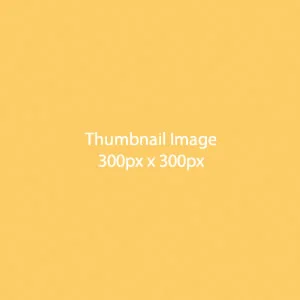Tiny The Invisible World of Microbes: a s.t.e.m. story full of gasping moments
/This is a book full of gasping moments, the sort that deliver a sense of wonder and an appreciation for the grandeur of the natural world. And perhaps best of all, it’s lyrical to read aloud and beautiful to look at.
Puzzling through big numbers and tricky concepts - like something can be so small that we can’t see it - are among the great joys of life. It’s a real delight to think and to learn. But it's still difficult to conjure up an image of something as tiny and as numerous as microbes. Tiny does a terrific job of making these extremes understandable.
The pictures are welcoming – it feels like we’re being invited into a world that is all around us and yet separate from us.
The words do the job of imparting scientific knowledge in a poetic way, making this an ideal bedtime or anytime book. For example:
'A single drop of sea water can hold twenty million microbes. That's more than twice as many as the number of people in New York City.'
Granted, many younger children won’t know how many people live in New York City and many will have never seen that sort of population density. But they will be able to imagine the biggest city they have ever known and work from there. It’s the imagining of large numbers that’s so beneficial here – it’s not about pinpoint accuracy in the child’s imagination.
Sometimes, when I’ve read a fair chunk of fiction, I get a yearning for something that asks me to think, process and apply knowledge in an academic rather than a personal way. I think children get that same yearning – a desire to expand the mind, add to the storehouse of knowledge and build on existing knowledge.
Tiny is perfect for those times because it's packed with information but is still a beautifully told story with pictures that are artistic and inviting.
All of which means that Tiny is ideal for the child who is driven by science and facts – it reminds them of the sheer beauty and scale of those facts. Plus, it’s ideal for the child who is absorbed in a world of fantasy and delight – it lets them peek into the real, natural world, which is every bit as fantastic as any imaginary world.
I’ve read this book a couple of dozen times since it came into our house and every time I am left with a feeling of wonder and excitement – feelings that are perfect to share with a child.
TINY The Invisible World of Microbes
by Nicola Davies, illustrated by Emily Sutton - Walker Books, 2014
ages 3 to 12 years / s.t.e.m.









